
The secret life of British wasps
5 Minute Read
Dr Ian Bedford tells us everything we need to know about the 'bug of the month' for June, social wasps.It might be surprising to learn that there are around 9,000 different species of wasps that reside in Britain, and that the vast majority of these are not the yellow and black striped insects that are most identified as wasps. In fact, within Apocrita (the taxonomic suborder of Hymenoptera that wasps belong to), exists a wide diversity in both biological characteristics and behaviour amongst the different species.
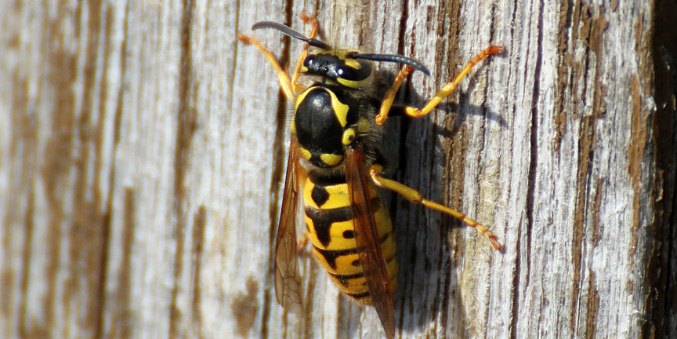
However, one defining feature of a wasp is a narrow waist between the thorax and abdomen, and that female wasps typically have an egg-laying tube at their rear, called an ovipositor. The ovipositor for many species though, has evolved into a mechanism for also injecting a toxin for defence or for subduing prey.
With a few exceptions, such as gall and wood wasps, most wasps are either predators or parasites that mostly capture invertebrates for their larvae to consume. However, the adults do not feed on protein and only consume sugars.
Whilst most wasps are solitary species that often go unnoticed as they live out their independent lives within the various natural habitats, just eight of the 9,000 species in Britain are social wasps that form a colony within a nest which is controlled by a single egg-laying queen. Of these eight species, the largest is the European Hornet, otherwise, all look similar to each other, with the characteristic bright yellow with dark-coloured bands or patches on their bodies.
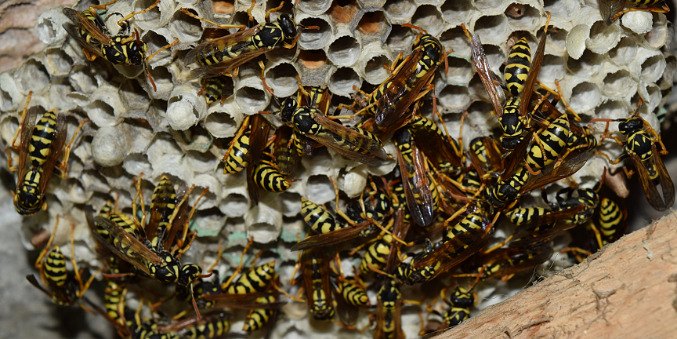
They all have a very similar lifecycle too, which begins each spring, when queen wasps that will have mated the previous autumn, awaken from their winter hibernation. These new queens are the only surviving wasps from the previous year’s colonies.
Since social wasps do not reuse their old nest, the first task for the new queens is to find somewhere safe and protected where they can begin building a new nest.
Once found, the wasps chew flakes of wood into a pulp with saliva and wax to construct a small, suspended cup shaped structure containing a few hexagonal cells. The queen then lays an egg into each cell which soon hatches into a grub that she feeds with small insects, such as aphids and caterpillars, that she captures on nearby plants.
The grubs soon mature and pupate on this protein-rich diet, and then hatch into sterile female wasps that become the queen’s first batch of worker wasps. These workers then continue to build and expand the nest whilst the queen remains inside laying around 100 eggs a day.
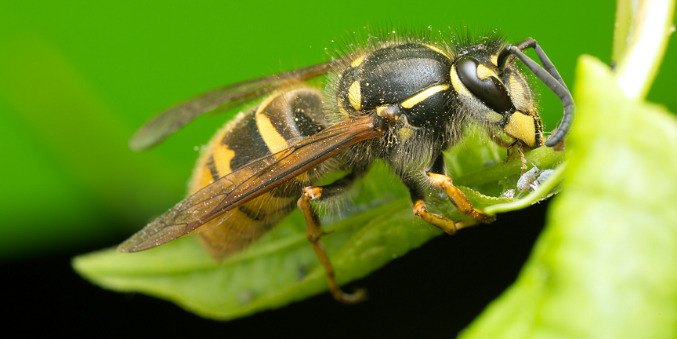
These worker wasps will also search for and kill a wide range of invertebrates, that are then brought back to the nest as food for the increasing number of grubs. Thanks to their relentless predation on countless invertebrates during the summer months, social wasps prove to be incredibly advantageous allies for gardeners and growers, offering effective plant pest control solutions.
By mid-summer, wasp colonies will have reached their optimum size and the founder queen will be ready to start producing the next generation of queen wasps, which, after mating, will be the only wasps from the colonies that can survive through winter. And so, some of her grubs are selected for special treatment, which involves being fed a specific diet that enables them to develop into fertile queens rather than infertile workers.
The founder queen also lays some unfertilised eggs that go on to develop into male wasps, which, at the end of summer will leave the nest along with the new queens to mate. It’s at this point, the founder queens will have completed their mission and will die, whilst the remaining workers from their colonies live out their final days feasting on the nectar of late-flowering plants and ripe fruits.
Leaving just the new queens, to complete the annual cycle of a social wasp colony by hibernating through winter and re-emerging the following spring.
The founder queen also lays some unfertilised eggs that go on to develop into male wasps, which, at the end of summer will leave the nest along with the new queens to mate. It’s at this point, the founder queens will have completed their mission and will die, whilst the remaining workers from their colonies live out their final days feasting on the nectar of late-flowering plants and ripe fruits.
Leaving just the new queens, to complete the annual cycle of a social wasp colony by hibernating through winter and re-emerging the following spring.
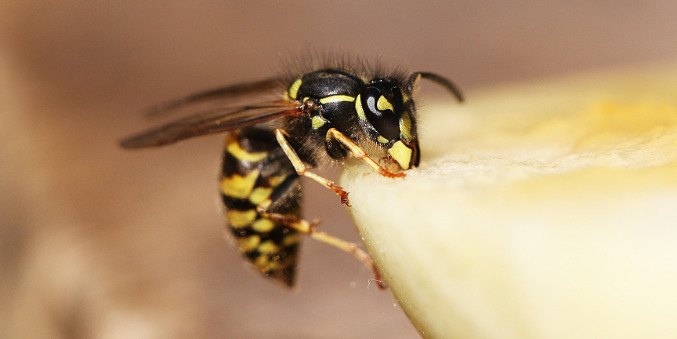
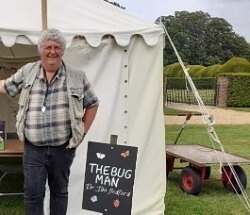
About Dr Ian Bedford
Ian has been fascinated by the bug world for as long as he can remember. From studying butterflies on the South Downs as a youngster, he went on to pursue a career in Research Entomology and ran the Entomology Dept at the John Innes Centre in Norwich up until his recent retirement. Ian now works as an independent entomologist offering advice to companies developing environmentally safer plant protection products.FIND OUT MORE
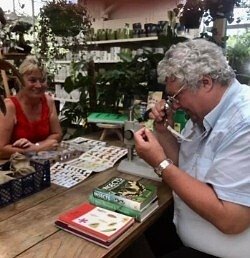
Bug of the month
Welcome to 'Bug of the Month' with Dr Ian Bedford.Every month Ian will shares his knowledge on how to protect your plants and gardens from preventable pest invasions while providing valuable insights into the insects regularly found in our gardens.
find out more
Comments (0)
Why not be the first to send us your thoughts?
